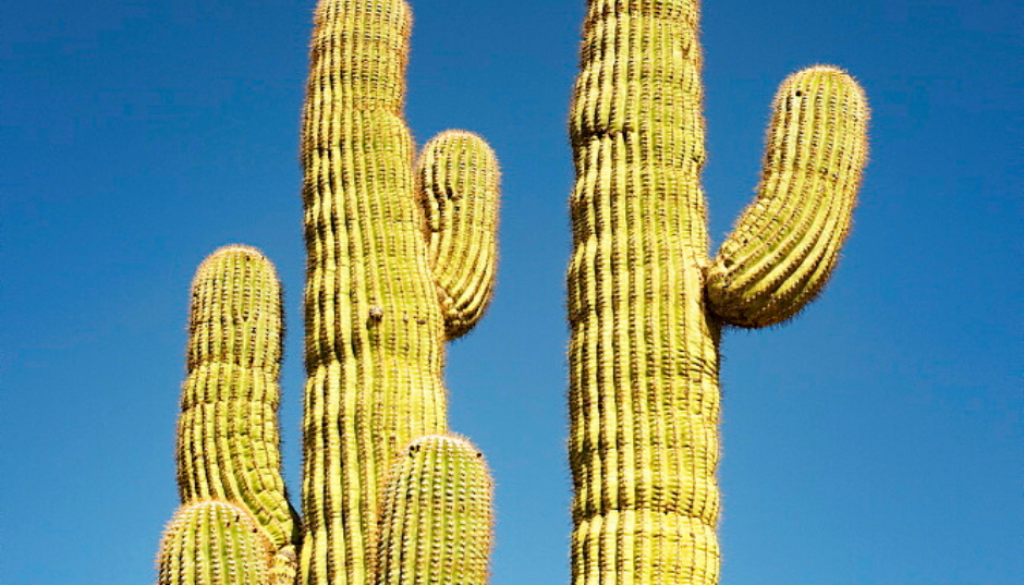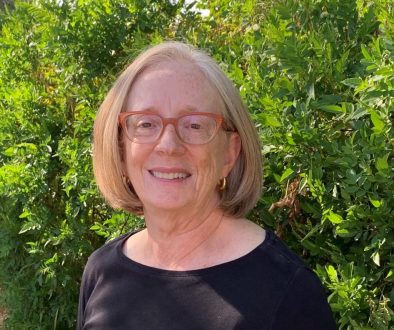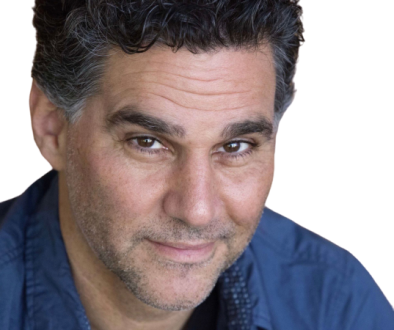Tu BiShv’at
During the month of February, we celebrate the holiday of Tu BiSh’vat. This is one of four different new years celebrated within our tradition. Typically, it is a holiday when we connect with our environment, plant trees and hold a Seder where different fruits from trees are given symbolic meanings. Trees have always had a central role in Judaism… from referring to the Torah as the Tree of Life, to the Kabbalistic vision of the Tree of Life representing different emanations of the Divine spirit into the world.
“With their roots in the Earth, and their crowns in the Heavens, trees connect these two planes of existence, integrating what is above with what is below. On an energetic level, trees perform the spiritual purpose of assisting all beings to evolve to a higher state of consciousness.” ~Melissa Krige
It is interesting to note that this New Year of the Trees usually takes place in the month of January or February. During this time of the year, many trees are in a period of dormancy, or hibernation. In order to conserve their energy to survive the winter cold, they lose their leaves and suspend cell division and growth. During this time, the tree is still very much alive. In fact, this period of rest is necessary for the health and well-being of the tree. Researchers have found that when trees are not allowed to go through their natural dormancy cycles that the lifespan of the tree is dramatically reduced.
This is true for human beings as well. It is natural to get frustrated when it feels like things in our lives are not moving forward in the way we had hoped or imagined. But if we recognize that we too are part of the natural world and share energetic similarity with the trees, we can reframe these ‘lulls’ in our lives as periods of dormancy rather than stagnation. We can perhaps be a little more patient with ourselves, knowing that this time of reflection allows us to assess where we are and decide where we want to grow and how we want to grow.As we celebrate Tu BiSh’vat this year, let us take a moment to express our gratitude to trees and to our environment. These symbols remind us of the abundance and richness that we are privileged to enjoy. And let us also take a moment to appreciate ourselves, wherever we are and in whatever stage of development … knowing that all growth happens in its own time.
In Song,
Todd Herzog
Cantorial Soloist




